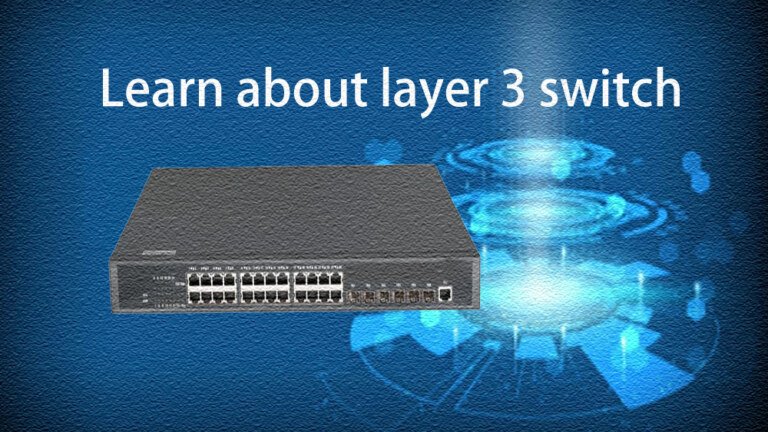In the previous article: What Is The Function of A Optical Module? we have introduced the function of the optical transceiver, then what are the general application scenarios of the optical module?
Table of Contents
ToggleData Center:
Data center is one of the important application scenarios for optical modules. With the rapid development of cloud computing and big data technology. The demand for high-speed and high-efficiency optical modules in data centers continues to grow. By using high-speed optical modules, data centers can achieve efficient data transmission and backup. At the same time, data centers also need high-density, low-power optical modules to meet their needs for high-density deployment, energy saving and environmental protection.

Communication Networks:
Communication networks are one of the main application scenarios for optical modules. From fiber optic access, and mobile communication to broadband networks, all need to use optical modules. In communication networks, optical modules can realize high-speed, long-distance optical signal transmission and conversion, and improve the performance and reliability of communication networks. Meanwhile, with the development of 5G communication technology, the demand for high-speed, miniaturized, low-power optical modules is also growing.

Industrial Automation:
In the field of industrial automation, fast communication and control of sensors and actuators require the use of optical modules. Through the use of optical modules, high-speed and reliable data transmission. Signal processing can be realized to improve the efficiency and accuracy of industrial automation systems. At the same time, the field of industrial automation also needs optical modules with high reliability and environmental tolerance to meet its harsh working environment requirements.

Instrumentation:
In the field of physics, chemistry, biology and other scientific fields, high-speed and precise measurements and tests are required. High-speed and reliable data acquisition and transmission can be realized by using optical modules, which are widely used in various instruments and test equipment. At the same time, the field of instrumentation also needs miniaturized and low-power optical modules to meet the needs of its portability and long-term work.

Security Monitoring:
In the field of security monitoring such as video surveillance and airport security, high-speed and high-definition video transmission and processing are required. By using optical modules, high-speed and reliable video capture and transmission can be realized, improving the real-time and accuracy of the surveillance system. At the same time, the security monitoring field also needs low illumination, wide dynamic range of optical modules to meet the needs of night or low-light conditions of surveillance.

Passive Wavelength Division System:
Among the technical solutions for 5G pre-transmission, passive WDM undoubtedly occupies the highest proportion. Passive WDM system consists of colored optical modules, multiplexers and optical fibers.

The core principle of passive wavelength division technology is to use WDM technology to couple optical signals of different wavelengths and carry a series of information into a bundle and transmit them in an optical fiber, thus enabling transmission between services.WDM can simultaneously transmit multiple signals along a single fiber. It can transmit each signal by matching the signal’s specific wavelength of light and then separating the different wavelengths of light signals at the receiving end.
SAN/NAS Storage Networks:
With the rapid growth of the Internet and web applications. The types of data that data storage systems need to handle are exploding. Posing unprecedented challenges to data storage systems. Network-attached storage (NAS) and storage area networks (SAN) can separate data storage devices from the network and host systems. It also offers good scalability and provides the most effective solution available for centralized data management.

The primary function of a SAN/NAS storage network is to store data. SAN network consists of servers, Fibre Channel switches, storage devices, and transport carriers (optical modules and fiber optic patch cords). NAS storage network consists of NAS storage devices, network switches, and end devices (computers). Transport carriers (optical modules and fiber optic patch cords).
It notes that SAN networks use optical modules that support FC Fibre Channel protocols. NAS networks use optical modules that conform to Ethernet protocols.
5G bearer network:
5G network divide into three parts: access network, bearer network, and core network.

The 5G bearer network generally divide into metro access layer, such as metro aggregation layer, and metro core layer/provincial backbone. It realizes the pre-transmission, intermediate and backhaul transmission functions of 5G services. Typical application scenarios of 5G pre-transmission include direct fiber optic connection, passive WDM and active WDM.




